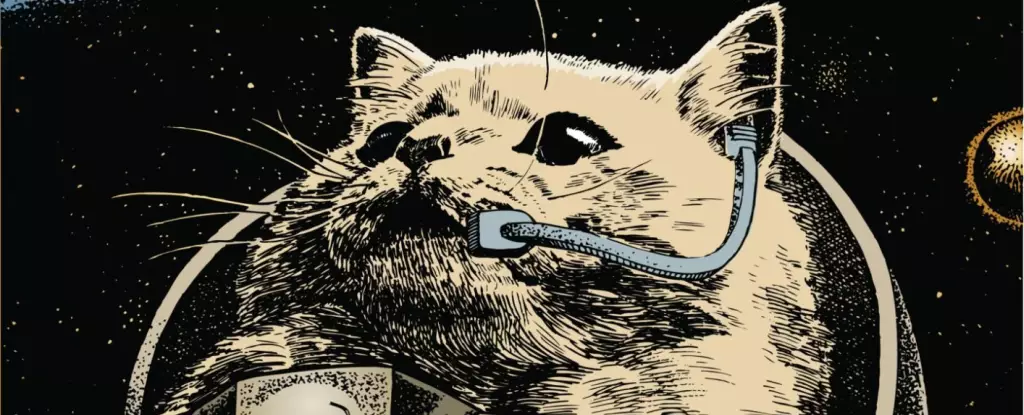Cats have captivated human beings for centuries, not merely through their charming demeanor but also thanks to their astounding physical prowess. Among the myriad traits that set these graceful creatures apart from other animals is their remarkable ability to survive falls from substantial heights—a skill that has beguiled scientists and pet owners alike. This article delves into the physics behind this seemingly magical ability, examining how cats manage to land on their feet, the scientific inquiries that have sought to unravel this mystery, and the implications of these findings.
The secret behind a cat’s aptitude for acrobatics lies in their anatomy and inherent reflexes. Unlike many animals, a cat’s body is designed to withstand falls thanks to its flexible spine and a unique skeletal structure lacking a collarbone. This allows them to twist and maneuver mid-air while falling. When faced with an unexpected drop, a cat instinctively knows to adjust its body in a series of rapid movements that enable it to right itself before it hits the ground. This reflex, known as the “righting reflex,” can be initiated in just a fraction of a second.
When a cat falls, it employs a remarkable technique that involves spreading its limbs to increase air resistance, akin to a parachutist deploying a chute. This technique lowers their terminal velocity—an essential factor in reducing the force of the impact upon landing. Studies have indicated that cats can survive falls from significant heights, sometimes even from 32 stories, exhibiting remarkable resilience and adaptability.
The fascination with cats’ ability to land gracefully has prompted scientific exploration over the years. The advent of chronophotography in the late 19th century allowed researchers like Étienne-Jules Marey to capture the intricate motions of falling cats, offering a glimpse into their rapid movements. This groundwork set the stage for further experiments that sought to understand the role of gravity and orientation when a cat loses its footing.
Fast forward to the mid-20th century when further tests were conducted by the US Air Force. By using parabolic flights—an experimental method designed to simulate weightlessness—the researchers aimed to determine how cats would behave in an environment where up and down become ambiguous. The bewildering sensation of floating even briefly posed questions about their innate reflexes. The results were intriguing; while the felines displayed signs of confusion, they still attempted to twist and orient their bodies as they fell, demonstrating an instinctive drive to regain control even in disorienting circumstances.
The exploration into feline fall dynamics extended beyond understanding the agile cat and into potential applications in human physiology, particularly in fields requiring knowledge of motion and orientation during free-fall conditions. Research findings influenced astronaut training protocols, leading to techniques that help astronauts right their bodies in a weightless environment. This cross-pollination of knowledge showcases the importance of interdisciplinary inquiry and how studies focused on one species can yield benefits for another.
Moreover, the playful experiments that saw humans trying to mimic cat-like movements, including a trampoline test resembling cat falls, underscored the intermingling of science and creativity. Such endeavors have also sparked curiosity about how other species adapt to their environments and the lessons humans can learn from them.
Cats remain one of nature’s most elegant athletes, embodying a physicality that inspires admiration and perplexity. Their unique skills serve as a reminder of the intricacies of evolution and adaptation. The studies undertaken shed light not only on the mysteries surrounding these creatures but also on human behavior and adaptability in challenging conditions. More than just playful pets, cats illustrate the powerful intersection of biology, physics, and even space exploration. Perhaps in the future, as we send more humans into the cosmos, we should look to our feline friends for insights into the graceful handling of weightlessness and survival in the unknown.


Leave a Reply